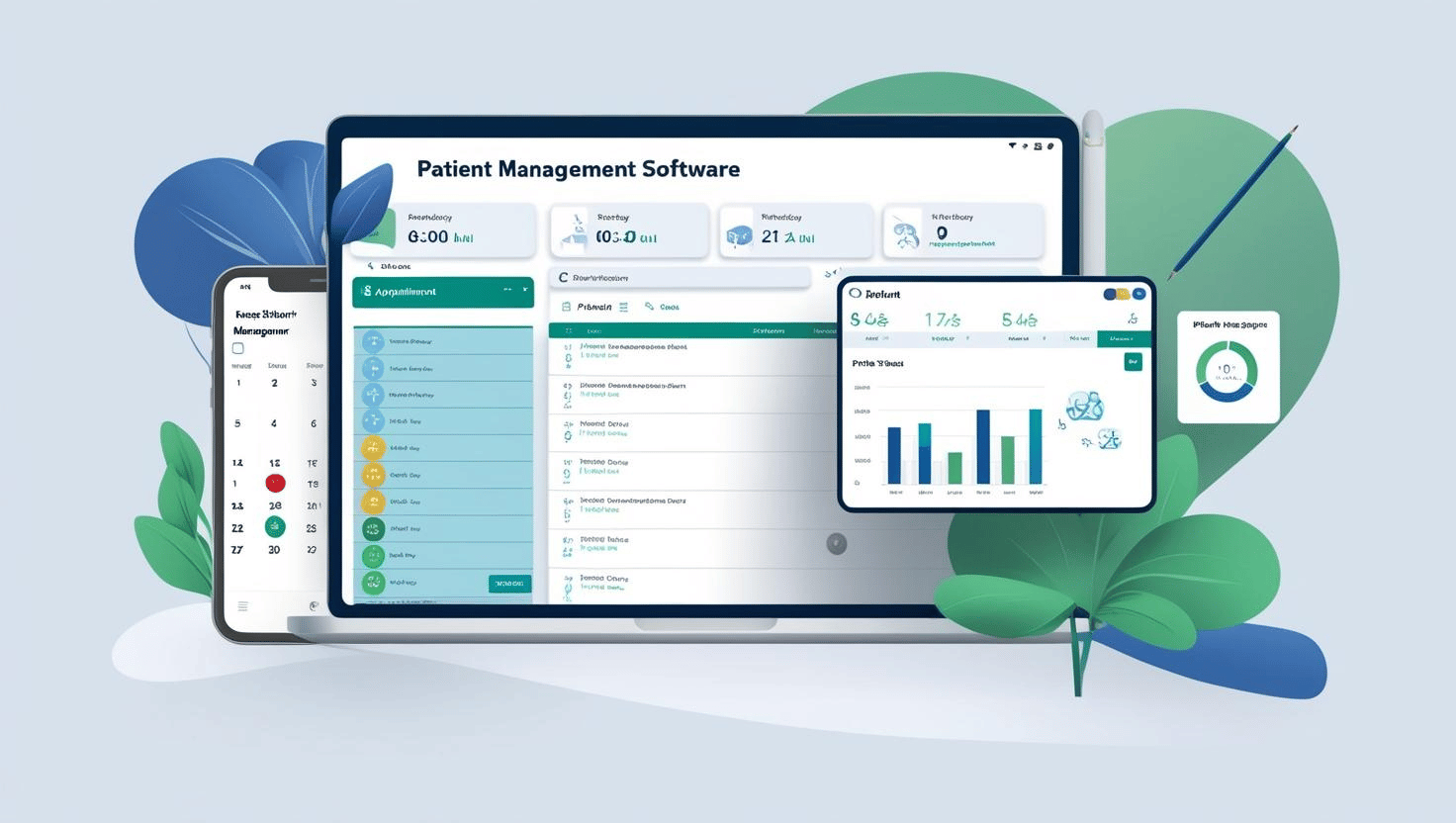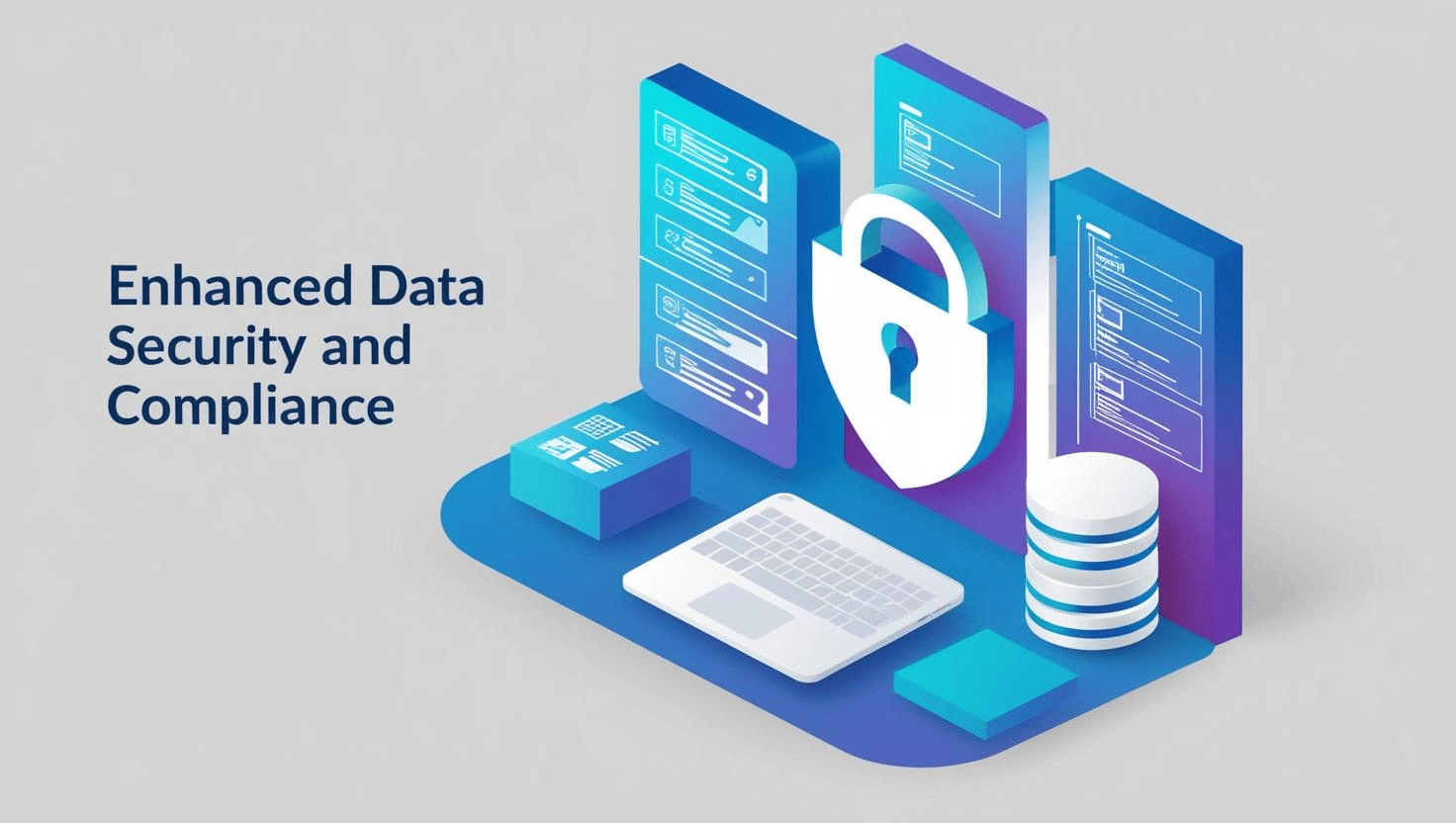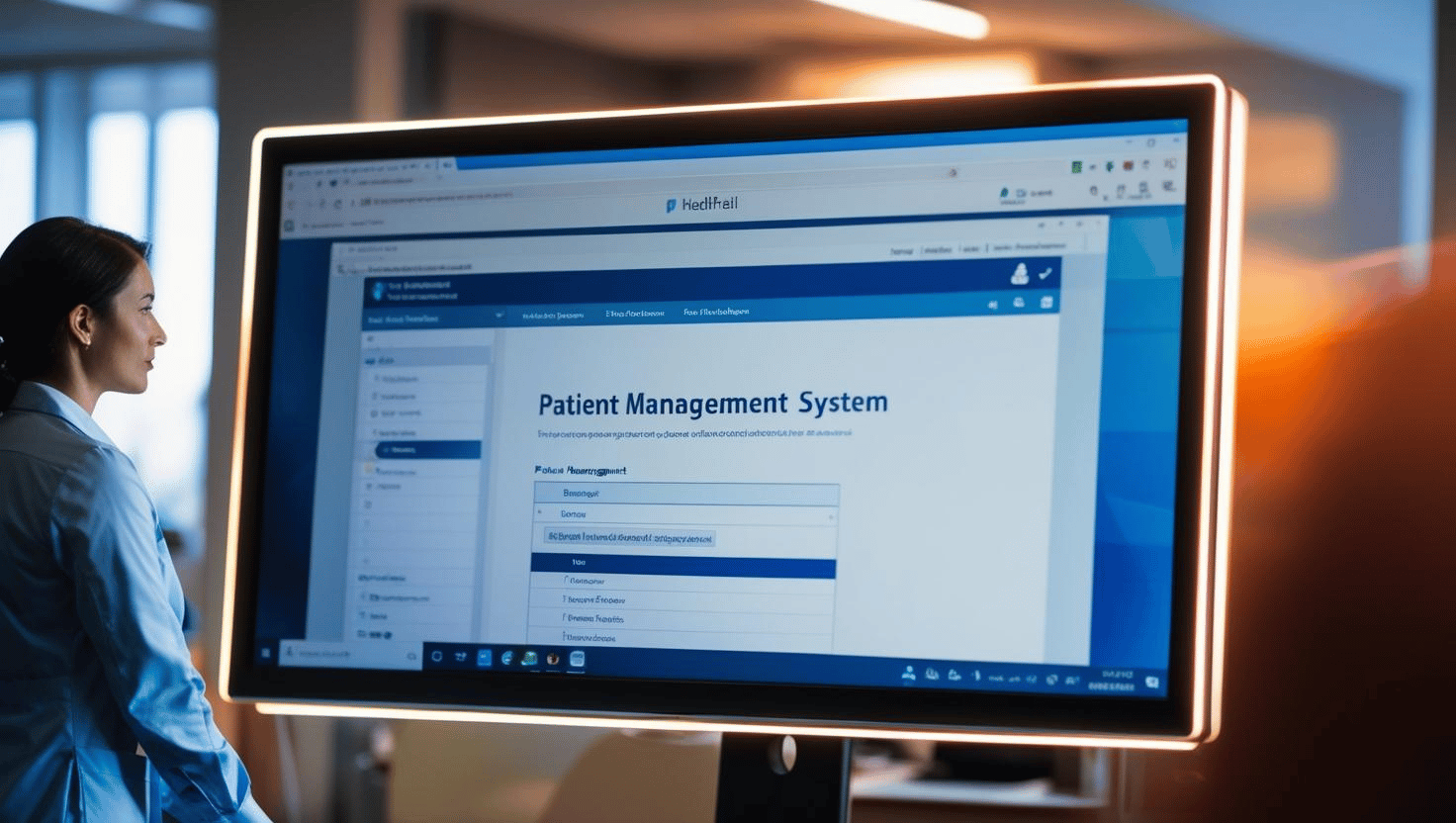
Benefits of Patient Management Software
With the rising demand and patient influx in healthcare organizations, effectively managing patient information and resources has become crucial to their operations today. Patient management software represents an innovative strategy aimed at enhancing various aspects of administration and treatment within healthcare facilities. This article explains the numerous benefits of patient management software within healthcare organizations.
Enhanced Productivity
Streamlined Administrative Task
Managing patients encompasses a range of clerical tasks, including scheduling, record keeping, and invoicing, all efficiently handled by patient management software. This approach saves time on data entry, minimizes potential errors in the process, and allows staff to focus on other essential tasks. When discussing the different aspects of the software, elements like automated reminders and online appointment booking highlight how healthcare providers can significantly benefit from its use.
Enhanced Communication
Effective communication is crucial in the realm of health care delivery. Electronic communication facilitates interactions among different departments, employees, and healthcare providers, as well as between patients and staff. The integration of messaging features, notifications, and the sharing of patient records highlights a method that keeps everyone involved in patient care well-informed. This kind of connectedness boosts communication and can reduce the chances of misunderstandings or the need to repeat similar tasks.
Better Patient Care
Comprehensive Patient Records
Effective record keeping plays a crucial role, as the quality of patient care is directly linked to the maintenance of excellent records. Patient management refers to the comprehensive system that gathers all relevant information about a customer, including their medical history, treatment schedule, laboratory results, and medication history. This will lead to a significant positive result, as health care providers will be equipped to make informed health decisions.
Customized Care Strategies
The treatment plans are tailored specifically to each individual and can be adjusted based on the patient’s current progress rate. The easy access to patient’s medical records and ongoing treatments allows for tailored treatment solutions, significantly improving the effectiveness of care delivery.
Enhanced Patient Contentment
Effortless Retrieval of Data
Online Patient Access has seen significant growth as individuals have become more aware of their rights to easily access their health records. Certain patient management systems provide patients with access to a portal where they can schedule appointments, manage their records, and communicate with their doctors using electronic devices. Patients are increasingly engaged in the decision-making process, as they gain a clearer understanding of how their disease is managed.
Shorter Wait Times
Implementing patient management software in appointment administration significantly reduces patient waiting times by automating administrative tasks and optimizing scheduling. Organization charts and schedules are invaluable tools that help keep an individual’s appointments on track. They not only enhance the patient experience but also ensure optimal utilization of the clinic’s resources.
Enhanced Data Security and Compliance

Secure Patient Information
The protection of information is a crucial aspect of healthcare. Patient management software offers robust protection for patient privacy, incorporating features such as encryption, user control, and detailed logs to address any potential breaches. The aforementioned measures play a crucial role in shaping the corporate image among patients while also ensuring that the organization complies with the necessary legal standards.
Regulatory Compliance
In this scenario, it is essential for healthcare providers to adhere to certain regulations, including the Health Insurance Portability and Accountability Act (HIPAA). The patient management software includes various tools and features designed to address regulations related to security and privacy. These encompass data security, user access controls, and reporting capabilities, all aimed at reducing the risk of legal issues and potential fines.
Cost Savings
Reduced Operational Costs
With the growing number of patients being managed, it’s clear that patient management software can significantly aid health facilities in reducing costs by automating numerous repetitive tasks. Simplifying organizational structures allows for a more efficient allocation of resources, enabling funds to be redirected towards critical areas like patient care.
Effective Resource Management
The software is capable of monitoring how effectively resources are utilized, such as the availability of staff and medical equipment. Planning healthcare facilities is essential for optimizing the use of available resources and personnel, as well as ensuring the efficient use of materials to reduce costs.
Enhanced Decision-Making
Real-Time Data and Analytics
A comprehensive patient management system provides a steady stream of operational and financial data, along with insights into patient demographics, diagnoses, and treatments. The insights gained from these findings are invaluable for decision-makers, including administrators and clinicians, to improve service delivery and achieve better organizational outcomes.

Performance Tracking
Evaluating a company’s performance is crucial for understanding the current situation that needs attention. The developed features of patient management tools that effectively showcase the enterprise’s indicators, helping to identify areas of weakness and opportunities for improvement.
Scalability and Flexibility
Adaptable to Growing Needs
When a health facility is growing or facing new challenges in delivering patient care, the software can be tailored to accommodate these changes. When a small clinic broadens its offerings or a hospital introduces new departments, the software is equipped to handle increased patient volumes and other operations smoothly, ensuring the system remains efficient and responsive.
Integration with Other Systems
The integration of a patient management system seamlessly aligns with existing healthcare frameworks, including electronic health records (EHRs), billing systems, and laboratory information systems. This approach fosters effective work organization concerning patient care, preventing data fragmentation and enhancing the overall care process.

